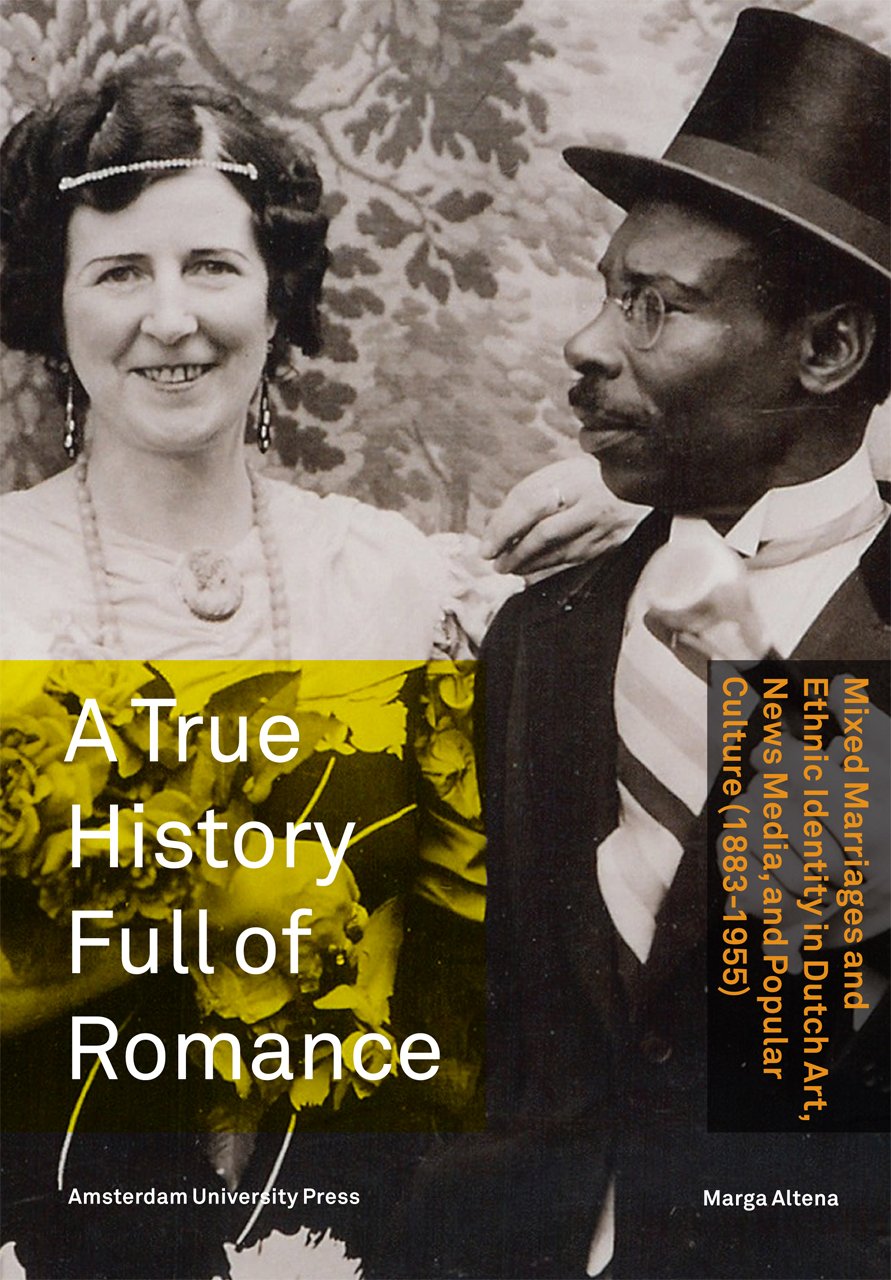Documentary ‘Brown Babies: The Mischlingskinder Story’ Tells Untold Stories of Bi-Racial World War II Era ChildrenPosted in Articles, Europe, History, Media Archive on 2014-01-16 20:25Z by Steven |
The AFRO
2014-01-15
Maria Adebola
Emmy-winning journalist Regina Griffin was inspired to tell a story and that’s how her film, Brown Babies: The Mischlingskinder Story was born.
A family friend, entrepreneur Doris McMillon, had told stories about growing up the half-Black, half-White child of a Black G.I. and White German woman and the story was horrifying. Unwanted by both nations, the children often lived their lives as unwanted, ignored and forgotten people,
“I got chills learning about their lives, in orphanages and beyond,” said Griffin.
Griffin transformed her research into a documentary about the lives of the babies. The film was screened recently in front of about 50 people at the William McGowan Theater located at the National Archives in Washington, D.C.
The film scrapes the surface of the difficulties that resulted from the interracial relationships between Black soldiers and German women during World War II. Many of the children ended up being adopted or sent to orphanages because their German mothers feared the public scrutiny that came with having a mixed-race child out of wedlock.
Some of the Black soldiers who wanted to marry their German girlfriends found it difficult because the relationships were viewed as forbidden. Those who wanted to return home to the African-American girlfriends and sometimes wives didn’t want to bring along children whose presence would indicate they had been unfaithful.
The children were caught in the middle…
Read the entire article here.
